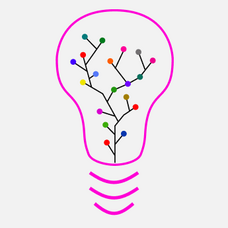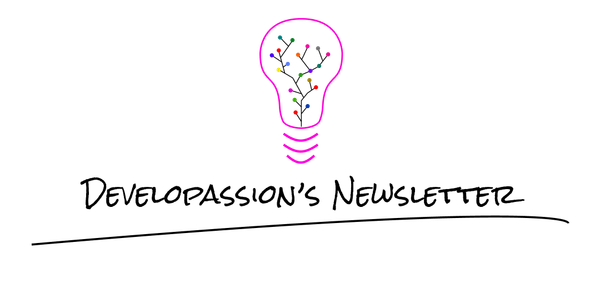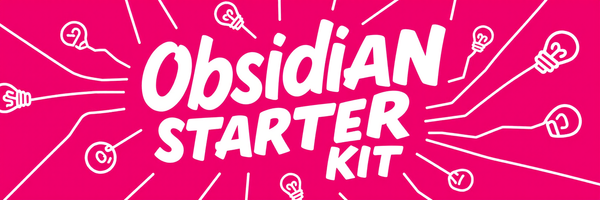It's a Tool, Not a Goal - Why Your PKM System Should Stay Simple
Stop wasting time perfecting your PKM setup. Learn why focusing on habits first leads to better results, and how to build an effective system incrementally.
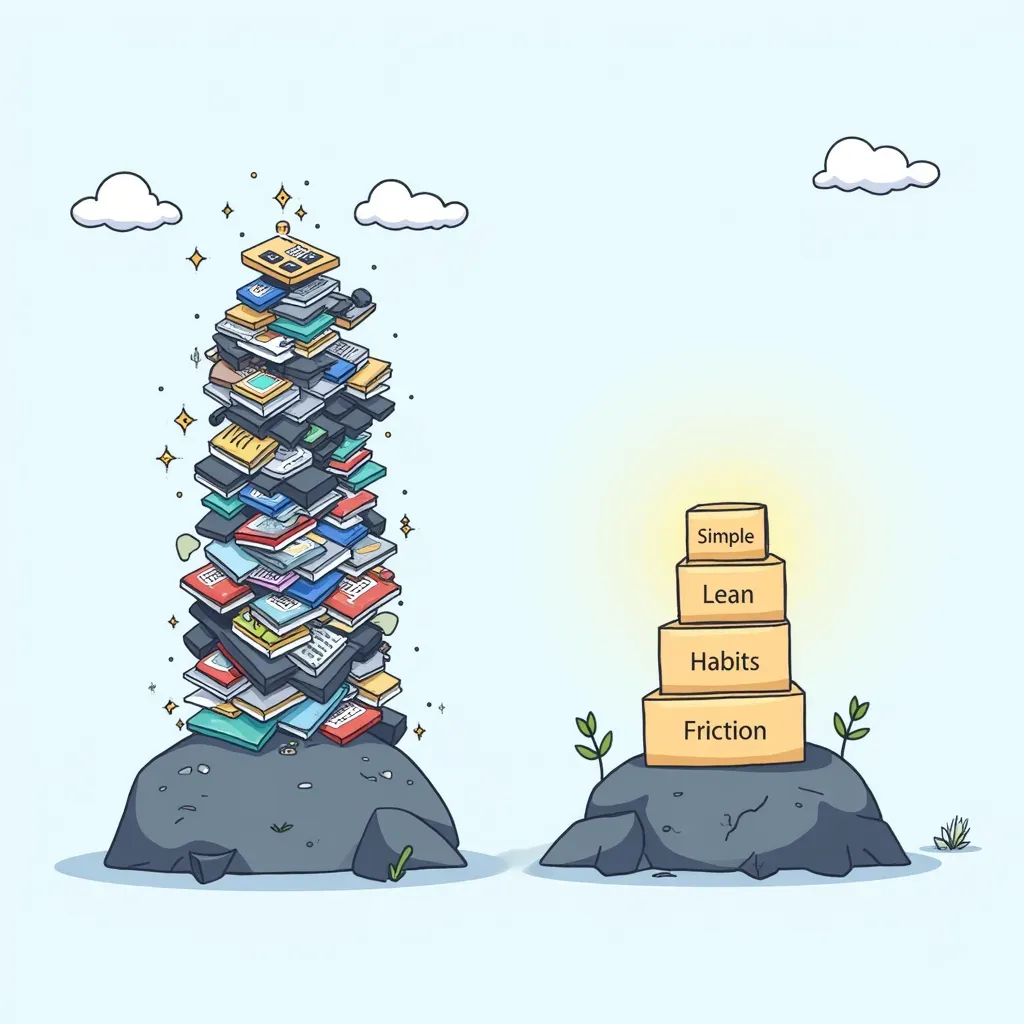
Stop wasting time perfecting your PKM setup. Learn why focusing on habits first leads to better results, and how to build an effective system incrementally.
In this article, I'll explain why obsessing over PKM tools and setups is counterproductive, and share a better approach to building an effective knowledge management system.
TL;DR
- Building a PKM system isn't the goal; it's just a means to an end
- Start with basic tools and focus on building consistent habits
- Let real friction guide system improvements
- Only add complexity when you actually need it
- There's a method to the madness. Follow the right process for building your PKM system over time
Let me listen to this 🎙️
I have used AI to generate a podcast version of this article. You can find it here:
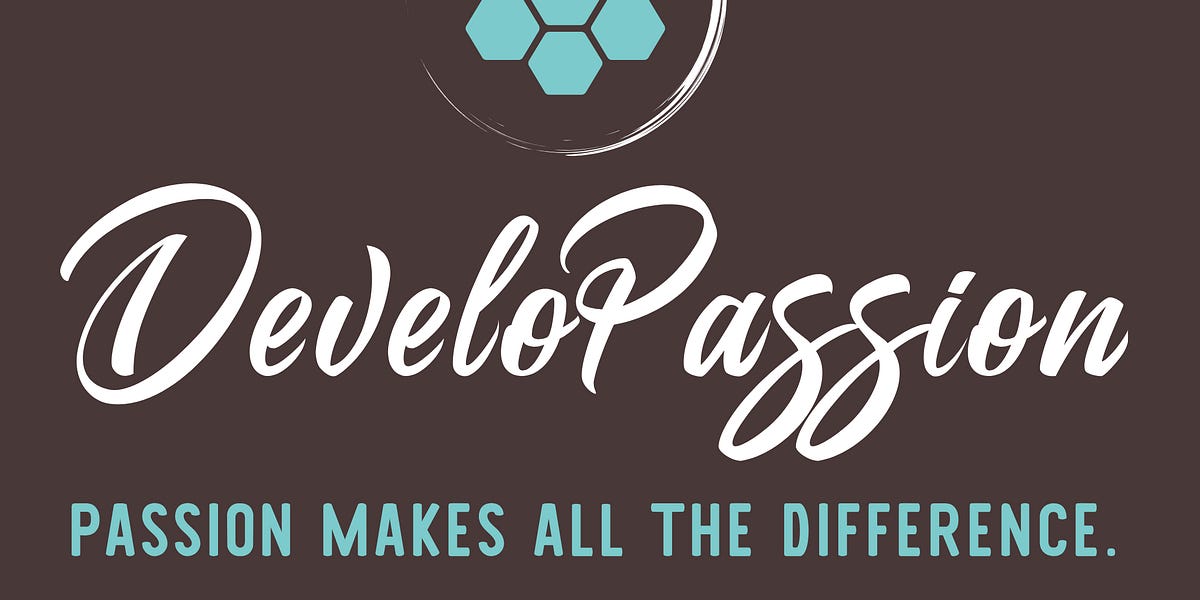
Introduction
Every day, I see people in the PKM community spending weeks crafting the "perfect" system. They research every plugin, design complex folder structures, and create intricate automation workflows. A month later, they abandon it all.
I've been there too. When I first discovered Obsidian, I spent weeks building what I thought was the perfect setup. But I wasn't creating anything valuable during that time. I was just procrastinating through perfectionism.
It didn't last long though, because I had clear goals in mind, and I knew what I needed to achieve next. I continued improving my system, but it was secondary. I kept track of friction points, and used those to iterative, incrementally improving my system. Up to the point that I turned it into a product than hundreds of people use daily.
The Perfectionism Trap
Many beginners fall into the trap of system perfectionism. They believe they need the perfect setup before they can start. They spend countless hours comparing tools, installing plugins, and designing automated workflows.
This approach is backwards. It's like buying expensive gym equipment before developing a workout habit. The equipment isn't what makes you fit – consistent exercise does.
Instead of creating value, they waste time:
- Comparing different tools
- Installing dozens of plugins
- Creating complex folder hierarchies
- Designing automated workflows
- Endlessly tweaking settings
Start With Why
Before touching any PKM tool, you need clarity about your goals. Your system should serve a purpose, not become a hobby in itself.
Ask yourself these crucial questions:
- What knowledge do you need?
- What problems are you trying to solve?
- What do you want to create?
- How will you use your notes?
Your goals should drive your system, not the other way around. I learned this the hard way after several failed attempts at building a PKM system. Only when I focused on my actual needs did things start clicking.
Keep It Basic
The best way to start is with the absolute basics. You don't need a complex setup to begin capturing knowledge.
Start with just:
- A simple note-taking app
- One folder for everything
- Basic text files
- Zero automation
- Zero plugins
This might sound too simple, but it's enough to start capturing knowledge. My own system started this way, and I still managed to write articles, create courses, and build a business.
Remember: complexity can always be added later. But if you start too complex, you'll likely get overwhelmed and quit. I see this pattern over and over in the community. Just take a look at the Obsidian sub-reddit, and you'll see what I mean.
Build the Habit First
Habits are what make a PKM system valuable. The most sophisticated setup is useless without consistent usage.
Focus on building these fundamental habits:
- Capturing ideas daily
- Taking smart notes
- Making connections
- Creating content
- Regular reviews
I spend at least an hour every day in my PKM system, not because I have to, but because it's become a natural part of my workflow. Your system should grow organically from actual usage.
Let Friction Guide You
The best system improvements come from real usage patterns, not theoretical optimization. Pay attention to actual pain points rather than imagined ones.
Watch for:
- What slows you down
- Real pain points
- Recurring frustrations
- Manual processes you repeat often
Don't try to solve problems you don't have yet. Wait until you actually experience friction before adding complexity. This is exactly how I built my Obsidian Starter Kit – by documenting real friction points and solving them one at a time.
When to Level Up
Only consider significant system improvements when you have evidence that you need them. This might take weeks or months – and that's okay.
Wait until you have:
- Consistent capture habits
- Regular usage patterns
- Critical mass of notes
- Clear friction points
- Specific improvement needs
My current setup took over two years to evolve into what it is today. Each improvement came from actual needs, not theoretical ones. When you do improve your system, do it incrementally. One change at a time.

The Systems Thinking Approach to PKM
Your PKM setup isn't just a collection of tools and habits—it's a living system. Like any system, it has interconnected parts that work together, feedback loops that drive improvement, and emergent properties that develop over time.
Understanding PKM as a System
A PKM system consists of multiple components:
- Input processes (capture, reading, research)
- Processing methods (note-taking, linking, tagging)
- Output creation (writing, sharing, teaching)
- Maintenance routines (review, cleanup, updates)
- Feedback mechanisms (tracking, metrics, reflection)
These components don't exist in isolation. They interact and influence each other, creating a dynamic environment for knowledge work.
The Feedback Loop
Every action in your PKM system creates feedback:
- Capture habits inform organization needs
- Usage patterns reveal friction points
- Output creation exposes system gaps
- Reviews highlight improvement areas
This feedback loop is crucial. It tells you what's working, what isn't, and what needs to change. But you need to actively listen to and act on this feedback.
System Evolution
Your PKM system should evolve through:
- Natural growth from usage
- Response to real needs
- Iterative improvements
- Purposeful experimentation
Think of it like tending a garden. You start with basic elements (soil, seeds, water), but the garden develops its own characteristics over time based on care and conditions.
Balance and Boundaries
A healthy system needs:
- Clear boundaries (what's in, what's out)
- Balanced workflows (input vs. output)
- Sustainable practices (maintainable long-term)
- Regular maintenance (prevent entropy)
Too much complexity can destabilize the system. Too little structure can lead to chaos. Finding the right balance is key.
System Resilience
Build resilience through:
- Simple, reliable components
- Redundant capture methods
- Regular backups
- Clear documentation
- Adaptable workflows
A resilient system can handle disruptions and adapt to changing needs without breaking down.
Building a Solid PKM System: The Step-by-Step Approach
Building a solid PKM system isn't about implementing everything at once. It's about laying the right foundations and evolving methodically. Here's how to approach it:
1. Define Your Core Needs
Start by clearly identifying:
- What type of knowledge you need to manage
- Which problems you're trying to solve
- How you'll use your knowledge
- What you want to create
Don't try to solve hypothetical problems. Focus on your immediate, concrete needs.
2. Choose Your Core Tool
Pick ONE main tool that will serve as your knowledge hub. This should be:
- Easy to start with
- Flexible enough to grow
- Based on open standards (e.g., local Markdown files)
- Able to handle plain text
I recommend Obsidian for its simplicity and scalability, but the choice depends on your specific needs. Many reasons are behind this recommendations:

3. Start With Basic Building Blocks
Begin with the essential components:
- A simple capture system
- One main folder for notes
- Basic templates for consistency
- Clear file naming conventions
- Essential metadata only
This minimal setup removes decision fatigue and lets you focus on building the habit of capturing knowledge.
4. Establish Core Workflows
Define simple workflows for:
- Daily capture
- Content organization
- Regular reviews
- Knowledge development
- Content creation
Keep these workflows manual at first. This helps you understand what you actually need before automating.
5. Build Key Habits
Focus on developing consistent habits:
- Daily note-taking
- Regular knowledge review
- Connecting ideas
- Creating content
- System maintenance
Give yourself at least 30 days to establish each habit before adding complexity.
6. Document Everything
Create simple documentation for:
- Your folder structure
- Naming conventions
- Templates
- Workflows
- Maintenance tasks
This becomes your system's handbook, guiding its evolution and making it maintainable.
7. Monitor Friction Points
Keep track of:
- What slows you down
- Manual tasks you repeat often
- Areas of inconsistency
- Missing features you need
Use these insights to guide system improvements.
8. Evolve Incrementally
Only add complexity when:
- You have consistent habits
- There's clear friction
- You need specific features
- The benefit is obvious
Make one change at a time and evaluate its impact before moving on.
The key is patience. A solid PKM system emerges from actual usage, not theoretical planning. Let your real needs guide its evolution.
Want to learn more about building an effective PKM system? Check out my Knowledge Management for Beginners course for a complete guide to this process.
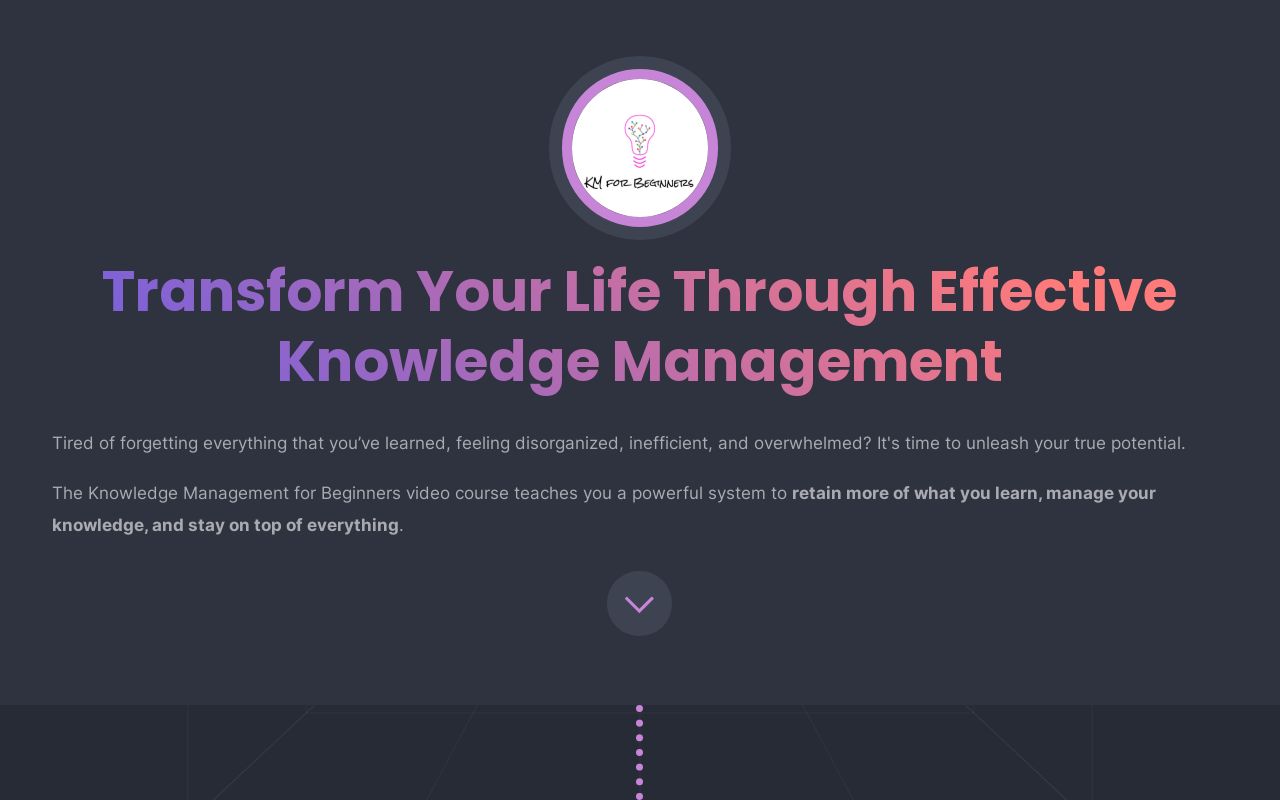
Taking the Next Step
If you're ready to build an effective PKM system the right way, I can help. My Knowledge Management for Beginners course guides you through the entire process, from basic habits to advanced techniques.
For Obsidian users, my Obsidian Starter Kit provides a carefully curated setup that grows with you. It's designed to be simple at first, while allowing for gradual complexity as your needs evolve.
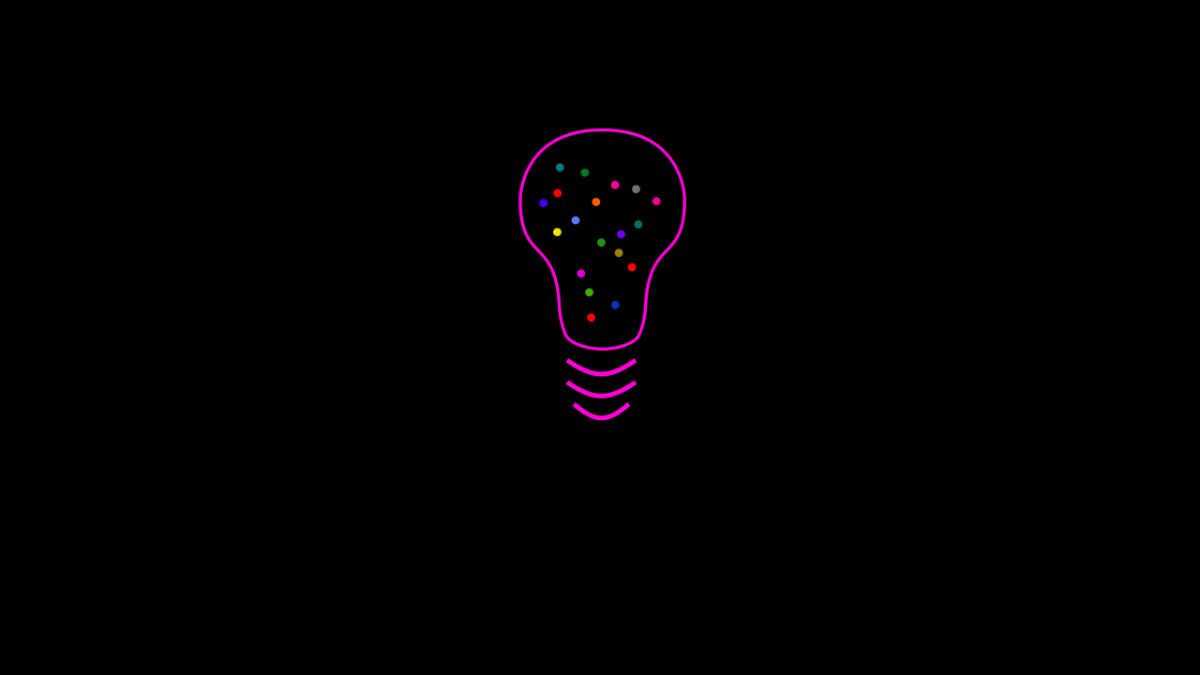
I also offer coaching sessions, and have additional related products you can find here:
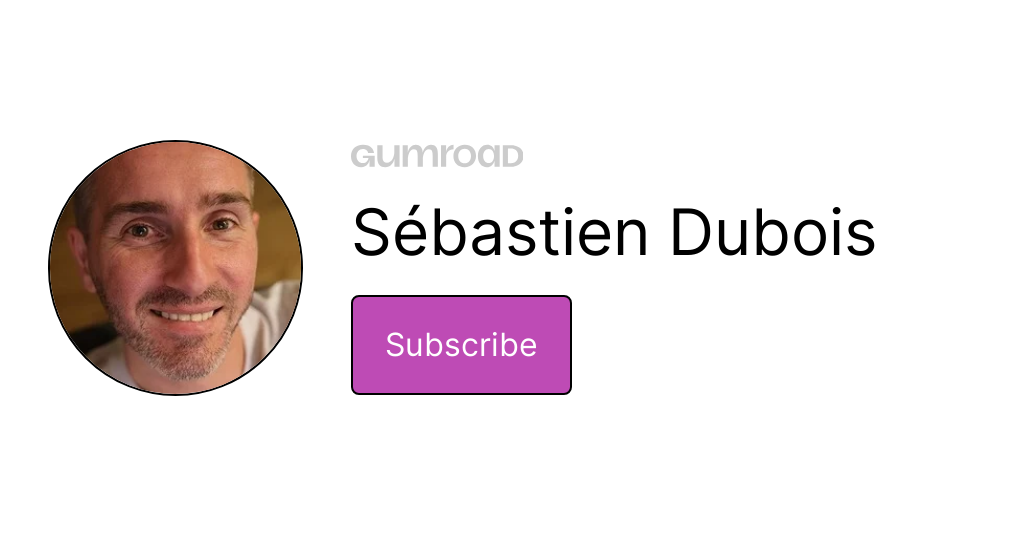
Start small, stay consistent, and let real needs drive improvements. That's how you build a PKM system that lasts.
Conclusion
Your PKM system should serve your goals, not become one. Start small, build strong habits, and let real needs drive improvements. That's how you create a system that actually works.
Want to learn more about building an effective PKM system? My Knowledge Management for Beginners course guides you through the entire process, from basic habits to advanced techniques.
And if you're an Obsidian user, my Obsidian Starter Kit provides a carefully curated setup that grows with you.
References
About Sébastien
I'm Sébastien Dubois, and I'm on a mission to help knowledge workers escape information overload. After 20+ years in IT and seeing too many brilliant minds drowning in digital chaos, I've decided to help people build systems that actually work. Through the Knowii Community, my courses, products & services and my Website, I share practical and battle-tested systems. You can follow me on X 🐦 and on BlueSky 🦋.
I am an author, founder, and coach. I write books and articles about Knowledge Work, Personal Knowledge Management, Note-taking, Lifelong Learning, Personal Organization, and Zen Productivity. I also craft lovely digital products.
If you want to follow my work, then become a member and join our community.
Ready to get to the next level?
If you're tired of information overwhelm and ready to build a reliable knowledge system:
- 🎯 Join Knowii and get access to my complete knowledge transformation system
- 📚 Take the Course and Master Knowledge Management
- 🚀 Start with a Rock-solid System: the Obsidian Starter Kit
- 🦉 Get Personal Coaching: Work with me 1-on-1
- 🛒 Check out my other products and services. These will give you a rock-solid starting point for your note-taking and Knowledge Management efforts






